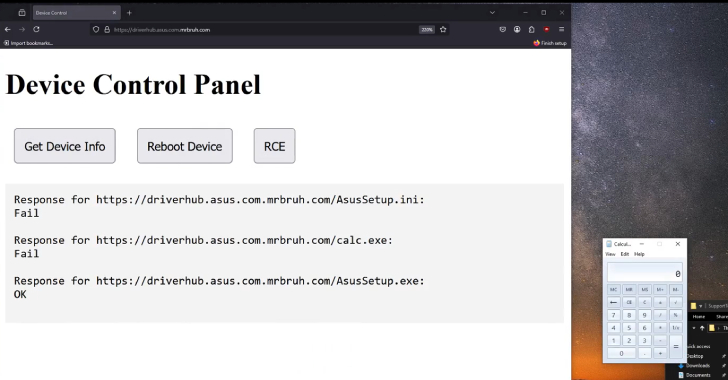
A Basic Explanation of SOC 2 Compliance
In the digital age, businesses are increasingly relying on third-party service providers to store and process their sensitive data. As a result, ensuring the security, availability, processing integrity, confidentiality, and privacy of this data has become a top priority. SOC 2 compliance is a widely recognized framework that helps organizations assess and demonstrate their ability to meet these essential requirements. In this article, we will provide a basic explanation of SOC 2 compliance, its benefits, and how organizations can achieve and maintain it.
What is SOC 2 Compliance?
Service Organization Control 2 (SOC 2) compliance is a set of standards developed by the American Institute of CPAs (AICPA). It focuses on evaluating the effectiveness of a service provider’s internal controls related to security, availability, processing integrity, confidentiality, and privacy of data. SOC 2 compliance is applicable to organizations that provide services involving the storage, processing, or transmission of customer data. This can include cloud service providers, data centers, managed IT services, and SaaS companies.
There are five trust service categories within SOC 2:
- Security: This category evaluates the ability to protect the system and data against unauthorized access, disclosure, and potential misuse. It includes measures such as logical and physical access controls, network security, and encryption.
- Availability: Availability focuses on ensuring that the system is accessible for operation and use as agreed upon with the customer. It involves measures like redundancies, backups, monitoring, and response plans to minimize service disruptions.
- Processing Integrity: This category assesses whether the system processes data accurately, completely, and in a timely manner. It examines the controls in place to ensure the integrity and reliability of data processing.
- Confidentiality: Confidentiality evaluates the protection of sensitive information. This includes not only customer data but also proprietary information. Controls such as data classification, data encryption, and confidentiality agreements are crucial in this category.
- Privacy: Privacy focuses on the collection, use, retention, disclosure, and disposal of personal information. It requires compliance with relevant privacy laws and regulations and the establishment of appropriate controls to protect individuals’ privacy rights.
Organizations can choose to be assessed against one or more of the trust service categories based on the services they provide and the needs of their customers. Achieving SOC 2 compliance demonstrates that an organization has implemented and maintained adequate controls to meet the trust principles associated with the chosen categories.
Why is SOC 2 Compliance Important?
SOC 2 compliance is important for several reasons:
- Customer Confidence: SOC 2 compliance provides assurance to customers that their data is being handled securely and with the utmost integrity. It demonstrates that the service provider has implemented strong controls to protect customer data and maintain the privacy of sensitive information.
- Competitive Advantage: SOC 2 compliance can give organizations a competitive edge. It sets them apart from competitors who may not have achieved this level of compliance. Being SOC 2 compliant can be a key selling point when customers are evaluating service providers.
- Risk Mitigation: SOC 2 compliance helps organizations mitigate risks associated with data breaches, service interruptions, and other security incidents. It encourages the implementation of robust controls and processes, reducing the likelihood and impact of security breaches or system failures.
- Regulatory Compliance: SOC 2 compliance aligns with many regulatory requirements and industry-specific standards. It can help organizations demonstrate compliance with applicable data protection and privacy laws, industry regulations, and contractual obligations.
How to Achieve and Maintain SOC 2 Compliance?
Achieving and maintaining SOC 2 compliance requires a comprehensive and ongoing effort. Here are some key steps an organization should follow:
- Plan and Scope: Define the scope of the assessment based on the services offered and the required trust service categories. Develop a project plan, allocate resources, and establish timelines for achieving compliance.
- Identify Control Objectives: Identify the specific security, availability, processing integrity, confidentiality, and privacy control objectives that must be met. These objectives should align with the trust service categories selected for assessment.
- Implement Controls: Design and implement controls that address the identified control objectives. These controls should cover areas such as access management, change management, incident response, secure development, data protection, and privacy practices.
- Assess Controls: Conduct a thorough assessment of the implemented controls to ensure they are operating effectively. This can be done by performing internal testing, vulnerability assessments, and penetration testing.
- Remediate Gaps: Address any gaps or weaknesses identified during the assessment. Implement corrective actions to strengthen controls and ensure compliance.
- Documentation: Maintain comprehensive documentation of all implemented controls, policies, procedures, and evidence of their effectiveness. This documentation will be crucial during the external audit.
- Engage a Qualified Auditor: Engage a certified public accounting (CPA) firm or an independent auditor to conduct the SOC 2 examination. The auditor will evaluate the design and operating effectiveness of controls based on the predefined control objectives.
- Assessment and Reporting: The auditor will conduct the examination and provide a SOC 2 report based on the examination findings. There are two types of SOC 2 reports: Type I reports provide an assessment at a specific point in time, while Type II reports cover a longer period and evaluate the effectiveness of controls over time.
- Continuous Monitoring: SOC 2 compliance is not a one-time achievement. It requires ongoing monitoring, periodic assessments, and internal audits to ensure controls remain effective and compliant. Regularly review the SOC 2 report to identify areas for improvement and update controls as necessary.
SOC 2 compliance is a significant undertaking that demonstrates an organization’s commitment to data security, availability, processing integrity, confidentiality, and privacy. By achieving and maintaining SOC 2 compliance, organizations can instill confidence in their customers, gain a competitive advantage, mitigate risks, and meet regulatory requirements.
Contact Cyber Defense Advisors to learn more about our SOC 2 Compliance solutions.





